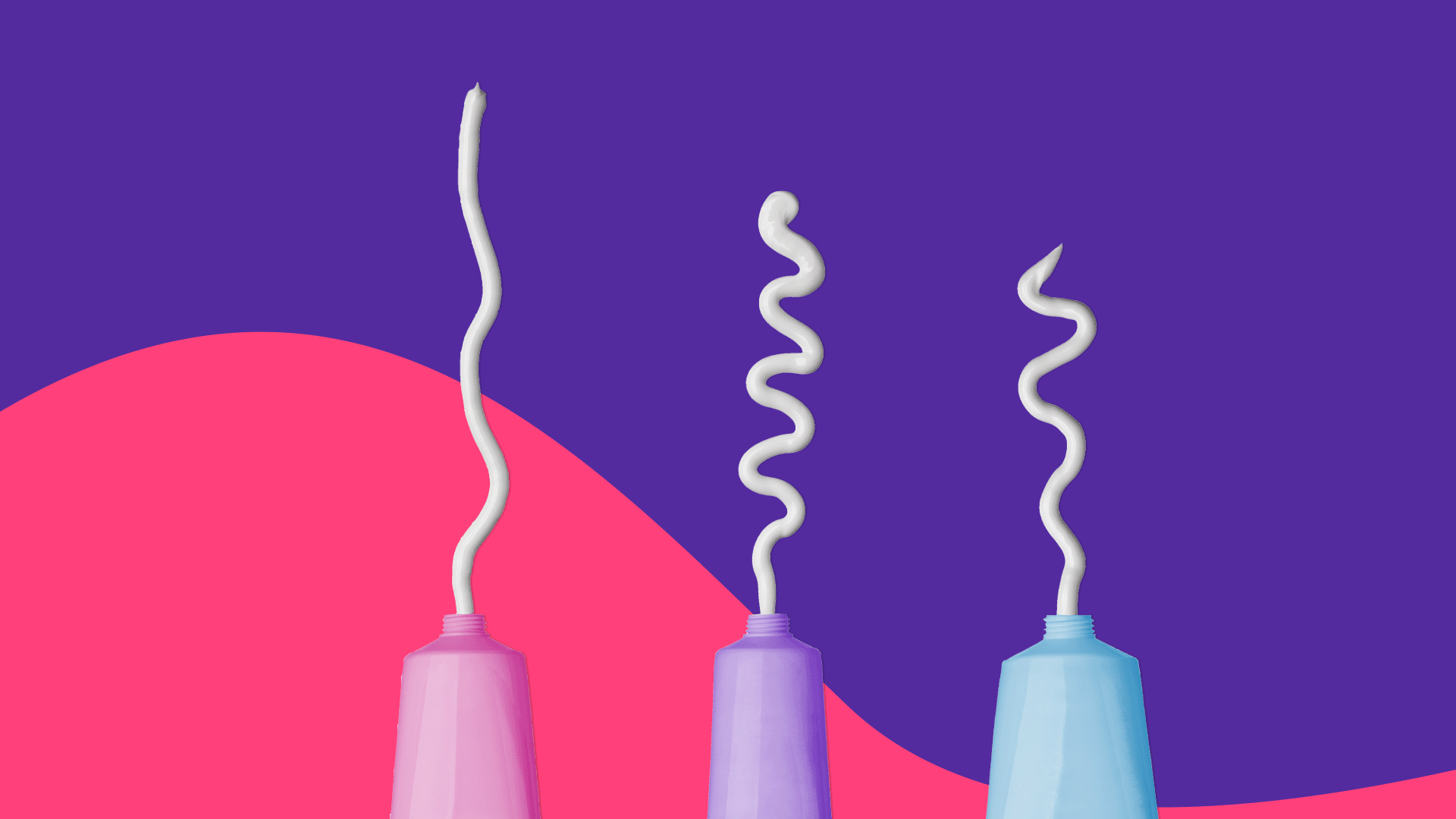Key takeaways
Eczema is a common, inflammatory skin condition affecting millions, with symptoms like dry, itchy patches that can vary in appearance and severity.
Initial treatment for eczema involves at-home remedies such as moisturizing with emollient creams or lotions and using mild, non-prescription treatments to alleviate itching and inflammation.
If eczema symptoms persist beyond a few days of home treatment, over-the-counter (OTC) products containing ingredients like filaggrin, ceramides, colloidal oatmeal, and hydrocortisone cream are recommended for further management.
Severe or persistent cases of eczema may require consultation with a dermatologist for prescription treatments, which can include potent cortisone creams, topical or oral antibiotics, injectable medications, or laser treatments, depending on the condition’s severity and impact on the patient’s life.
Have you noticed patches of dry, itchy skin on your body? Maybe some are a bit red, while others are pink, but they all look inflamed, right? You could be one of the 31.6 million Americans affected by eczema.
What is eczema?
Eczema refers to dry, irritated, inflamed skin that tends to occur time and time again.
“Besides atopic dermatitis, which [usually occurs in children or those with a family history], general eczema is a heterogeneous condition of different types of inflammation in the skin that for different reasons come back,” explains Dr. Neal Schultz, MD, a dermatologist in New York City.
Some eczema may be red and flaky on the eyelids, while other eczema can be pink and flaky, and found around the nose. Eczema may appear on the arms and legs. A round-shaped rash or sore is referred to as nummular eczema, “because it’s round like a coin,” explains Dr. Shultz. Eczema typically feels itchy and dry, but when scratched, it can also become thickened.
Who gets eczema?
“Eczema can affect any gender, race, or age,” explains Dr. David Bank, MD, founder and director of The Center for Dermatology, Cosmetic & Laser Surgery in Mount Kisco, New York. “It tends to be more common in children with family members affected with eczema, asthma, or seasonal allergies.”
The exact cause of eczema? It’s unfortunately unknown. But there are some ways to help treat this skin irritation.
Eczema treatments
Here’s how to decide which eczema treatment is right for you, so you can get fast relief.
If you notice eczema on your body… start with an at-home treatment.
For those who just noticed an itchy rash, Dr. Schultz suggests trying to soothe it with non-prescription treatments to help reduce inflammation and relieve itching. “Milk and water compresses, emollient creams or lotions (such as Cetaphil or CeraVe), and even ice are all good options to help ease the inflammation,” he says. “Some alternative treatments like botanicals and essential oils such as tea tree oil can work, too—just don’t use too concentrated of a form.” Dr. Schultz recommends starting with an at-home soothing moisturizer or calendula oil or cream, and see how the rash reacts. Keep showers short and not too hot, and apply moisturizer right after bathing.
If after two to three days your eczema hasn’t gotten better… try an over-the-counter (OTC) medicine.
“Moisturizing is a very important part of the eczema patient’s daily routine,” explains Dr. Bank, who recommends products with filaggrin to provide hydration to the skin, and ceramides and colloidal oatmeal to help the skin retain moisture and soothe the irritation. “Opt for fragrance-free and sensitive skin formulations,” he says. One example is Cetaphil Pro Restoraderm.
OTC hydrocortisone cream can be helpful, too, explains Dr. Schultz. “Some people even try atopical antihistamines [such as Benadryl cream], but I don’t recommend them because they can cause allergies,” he says.
If after three more days you still don’t see improvement with your eczema… it’s time to see a dermatologist.
“Chances are that you’ll need a prescription treatment, which can include cortisone that [can be] 1,000 times more potent than the OTC options,” Dr. Schultz says. A Cortisone cream will help with the itch, but if you have scabs, you might need an antibiotic. “If a topical antibiotic like bacitracin or Polysporin doesn’t work, you can need a prescription-strength topical antibiotic or eventually an internal antibiotic if you’re very infected,” Dr. Schultz says.
Topical steroids used twice daily for two weeks should be effective in reducing inflammation and itching, explains Dr. Bank. “But because it’s not recommended to use steroids long term, other topical products may be prescribed, and over-the-counter products should be used in conjunction and as maintenance in eczema patients,” he says.
Injectable medication may be a solution for severe eczema. “This is an option prescribed by a dermatologist for someone with chronic atopic eczema whose lifestyle is affected by the condition,” Dr. Bank says.
Laser treatments are available as well. “Narrow band UVB light is used to treat eczema,” explains Dr. Bank. “It can be administered in a doctor’s office or in the patient’s home if they have an approved device.” In some cases, laser treatments can put eczema in remission.
“Narrow band UVB is good for patients who are not candidates for other prescribed medications or who haven’t had adequate response to other treatments,” Dr. Bank says. The downside? If it’s not covered by insurance, there may be a higher out-of-pocket cost for this kind of treatment.
RELATED: Eczema treatments and medication
If you’re experiencing eczema, know you’re not alone. It’s a common skin disease with lots of possible remedies out there. Start small, and if you notice that the rash isn’t getting any better, talk to your dermatologist about your options. “You don’t need to suffer,” Dr. Bank says. “There are many effective treatments out there, but many require a prescription, so it is important to visit a dermatologist for evaluation if you are dealing with eczema.”




